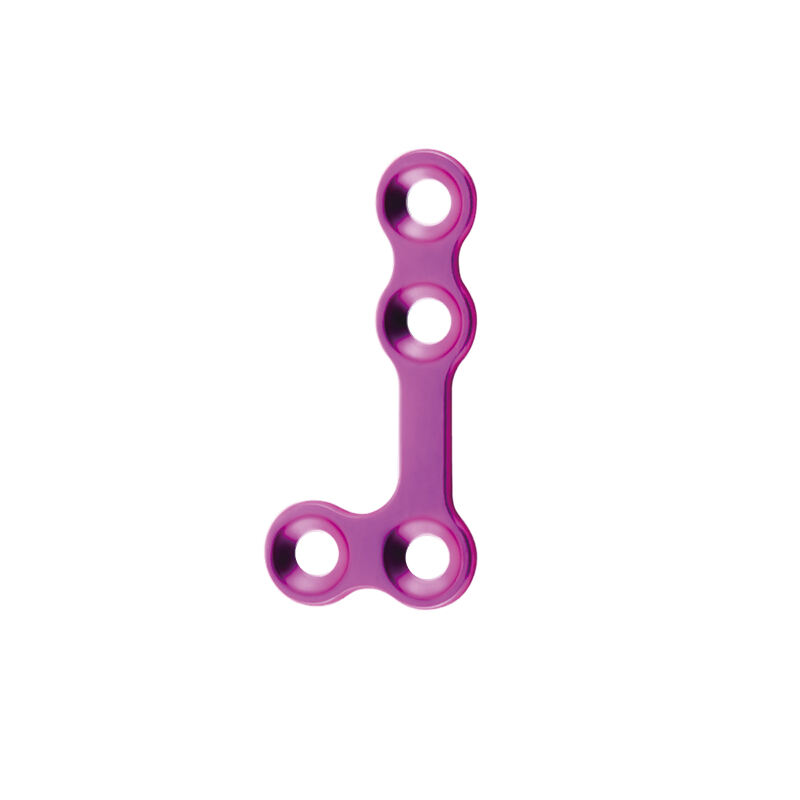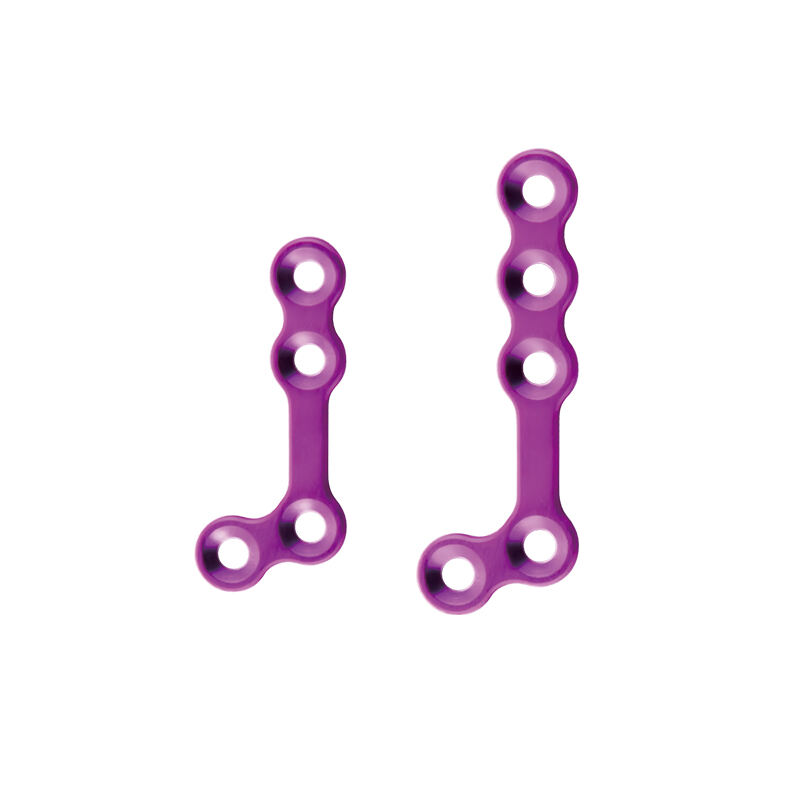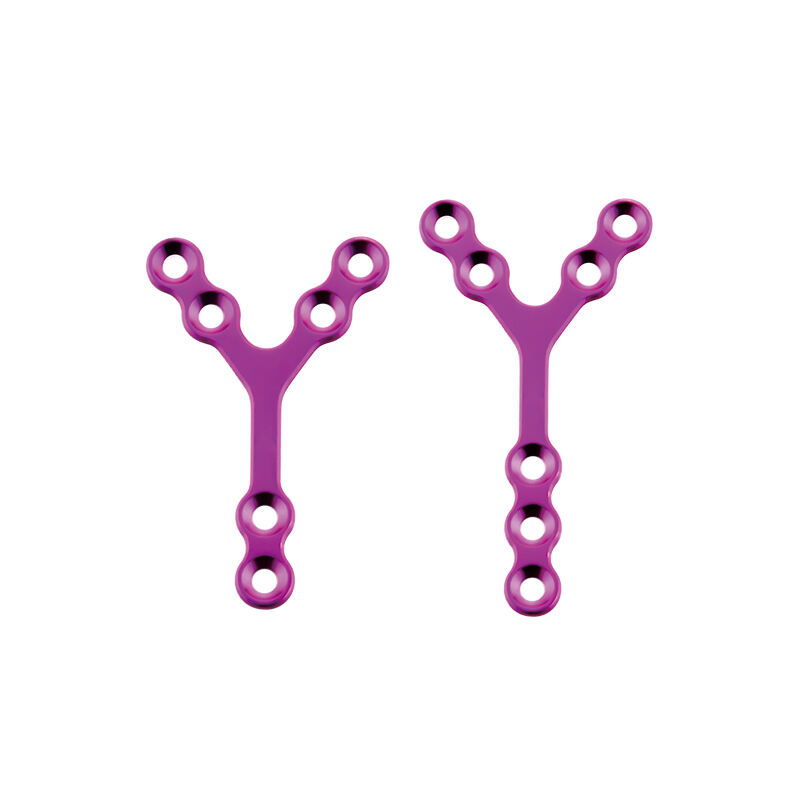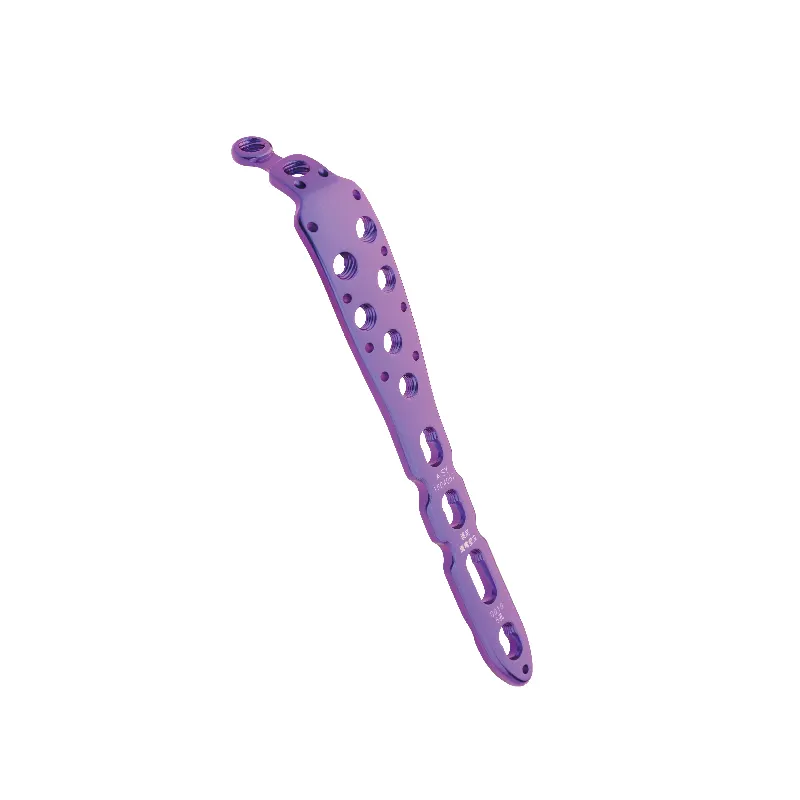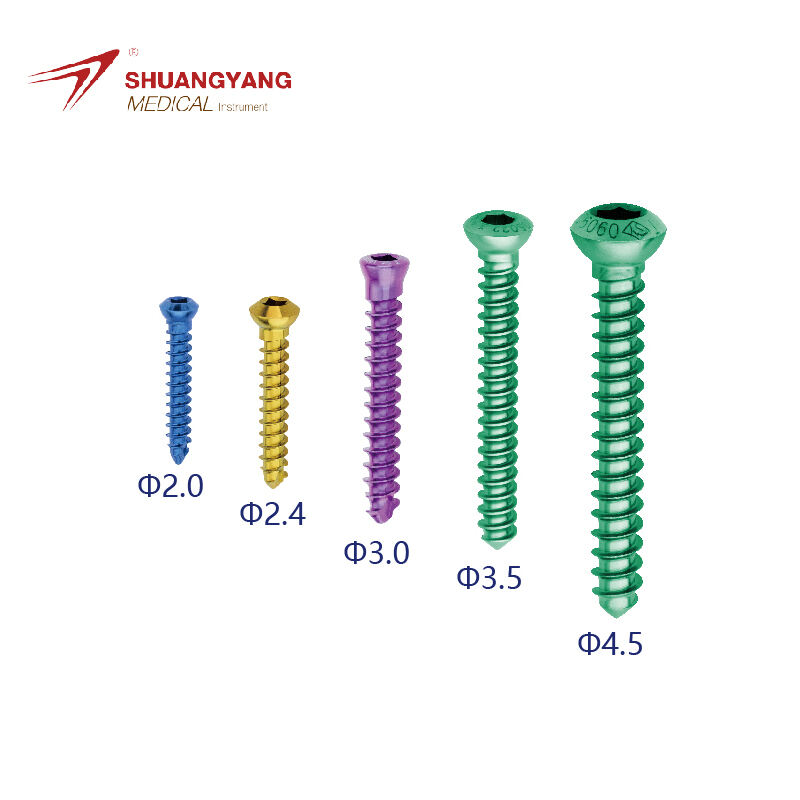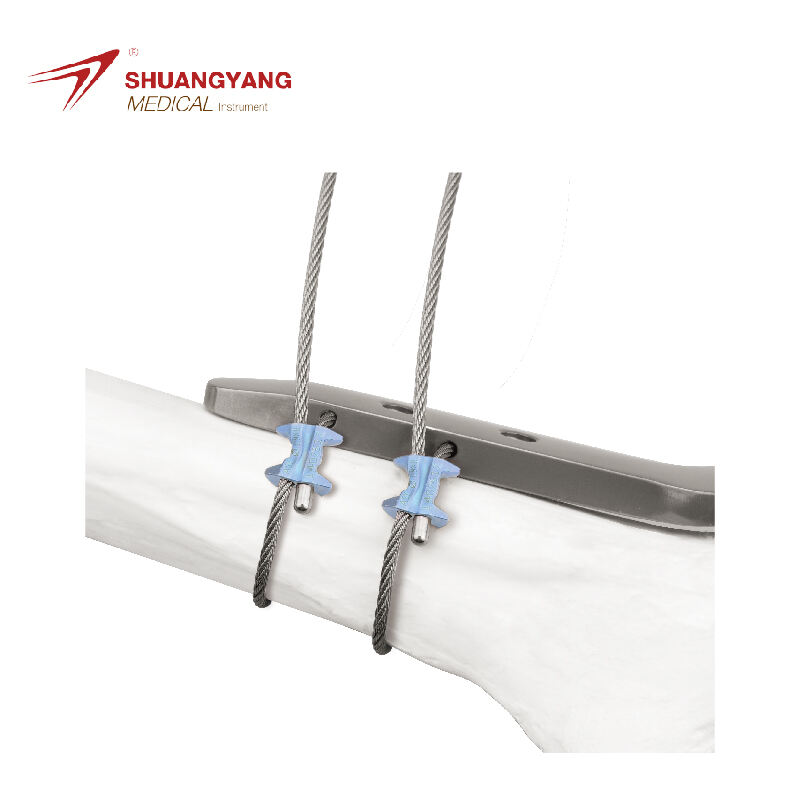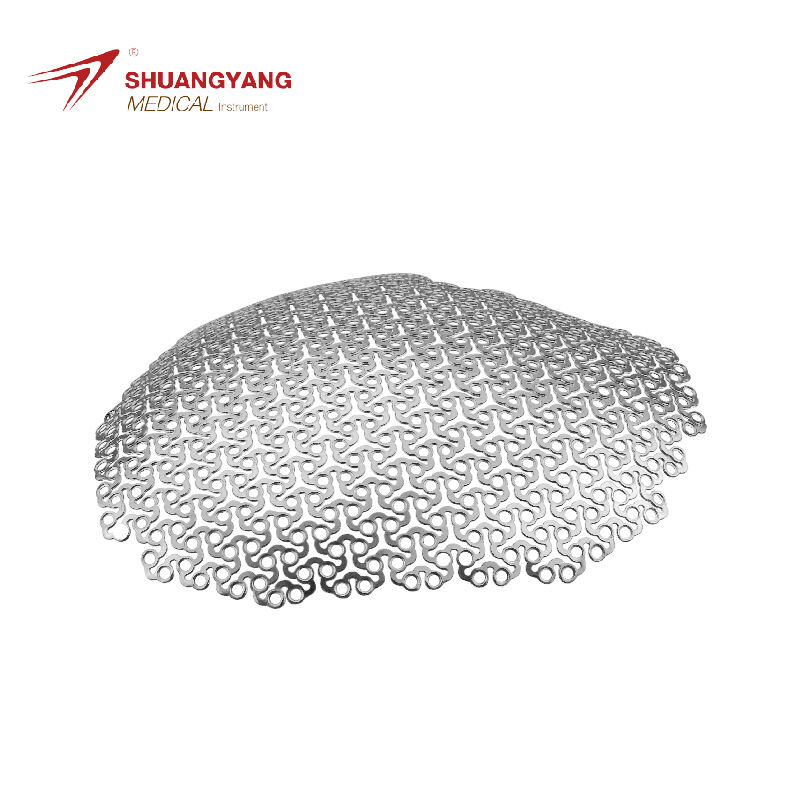external fixator for leg
The external fixator for leg is a medical device designed to stabilize and support bone fractures and complex leg injuries. Its main functions include maintaining the alignment of broken bones, reducing bone fragments, and allowing for the gradual realignment of bones when necessary. Technological features of the external fixator include adjustable rods, clamps, and pins that are inserted into the bone on either side of the fracture. These components work together to provide a stable framework that supports the leg during healing. The external fixator is particularly useful in cases where internal fixation is not possible due to the nature of the injury or the patient's medical condition. It is commonly used in orthopedic and trauma settings, offering a reliable solution for patients requiring external support for their leg injuries.
 EN
EN
 FR
FR
 ES
ES
 AR
AR


